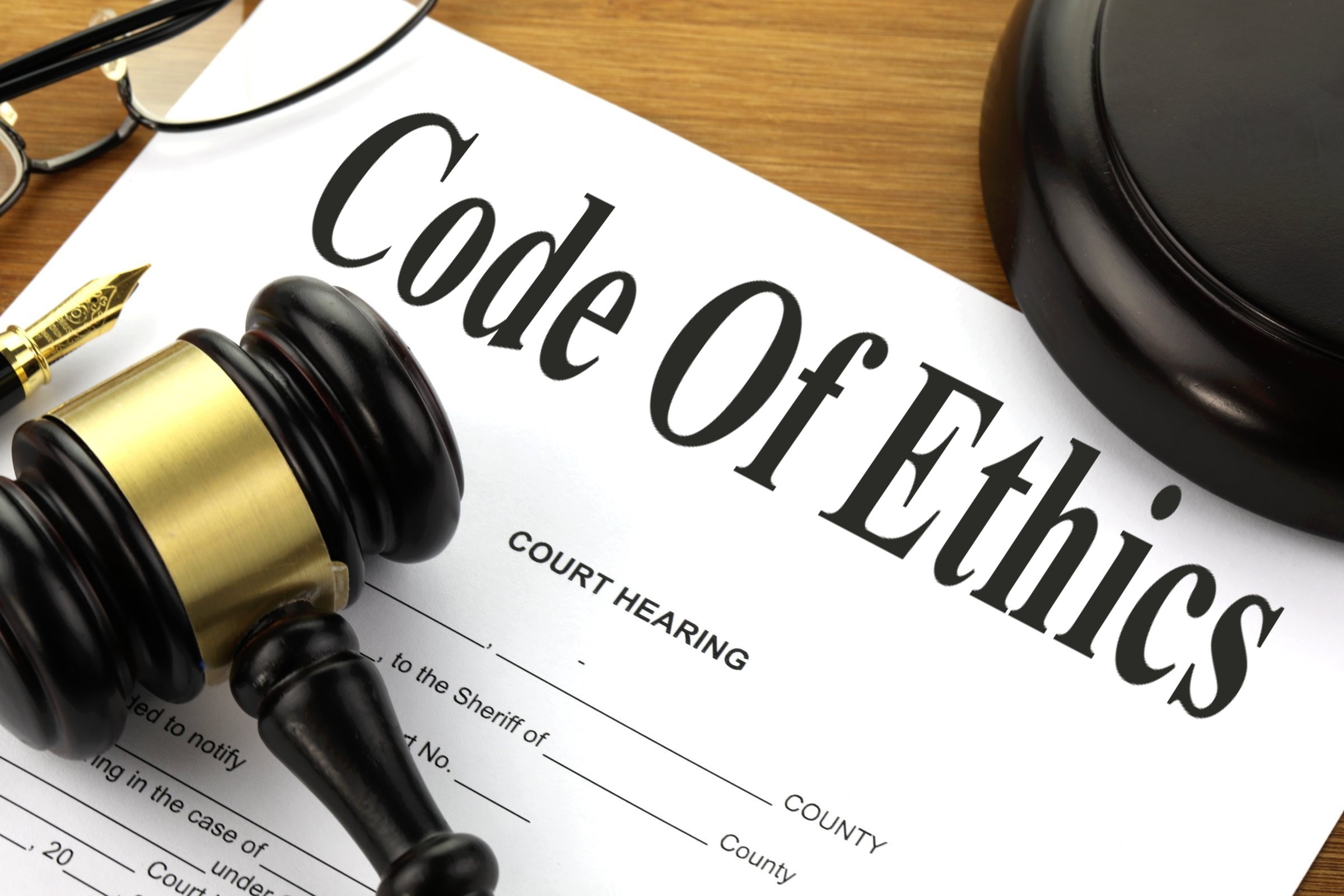Originally published October 13th 2016
The Israeli Patent, Design and Trademark Office recently published a Circular for revamped TM (Trademark) examination guidelines and has published a draft for the public’s comments. The draft has stirred quite a lively discussion (summary available upon request) and Teff & Associates will attend a round-table on November 22nd, 2016, open to the public (prior signup required). The following account is a summary of the major points in the draft.
- Disclaiming Generic Components
According to the Israeli Trademark Ordinance, the Commisioner is entitled to condition registration of a TM upon the Applicant filing a disclaimer to a component deemed to be generic. The new guidelines would remove the disclaimer filing onus but would allow the Commissioner to retroactively apply it to the registered TM. Filing a disclaimer would automatically be enacted when the TM was previously registered at an international office together with a disclaimer.
- Listing Goods
Applicant is responsible for ensuring that the goods listed in both Hebrew and English, as required, match. Statements of Applicant that the English version is to be considered as binding will not be accepted. An amended translation or transliteration (into Hebrew) of the listing will bear a fee after publication of the TM acceptance.
- Trademarks Consisting of Characters
The distinctiveness will be evaluated in regard of the particular goods for which the mark is requested. In general:
- A plain mark consisting of a single letter or digit will be considered to have no inherent distinctiveness.
- Neither will a combination of two digits (fancy or plain) that is routinely used in commercial use of the goods.
- A plain combination of two letter, three digits or combinations of letters and digits may be considered as distinctive unless, again, commonly used in the trade, or representing a year.
- Coloured Trademarks
International TMs are automatically registered together with a description of the limiting colours. Non-black marks are examined with the filed colour considered as a component of the mark, even if no verbal description of the colour accompanies the filing.
- Trademarks for Pharmaceuticals
Registration follows the registration in the Israel Ministry of Health’s registry, in particular registering the indications of therapeutic activity. A certificate of the registration in Israel Ministry of Health must be attached at filing. For a drug under development the relevant part of the application for registration in the Israel Ministry of Health’s registry should be attached.
If the therapeutic activity is not established prior to applying for a TM, the following procedure will be followed: Acceptance of the TM will require adding the indications. Other dosages or treatments may subsequently be added by filing further applications Applicant may request to postpone the examination for up to 5 years from filing, for the purpose of establishing the therapeutic activity and dosages.
Registration of TM’s for a pharmaceutical under the brand of the Applicant may be considered, even without indication of the intended therapeutic activity, if the Examiner is convinced that the Applicant commercializes a great variety of pharmaceuticals for which registration of TM is sought, and the brand is stamped on the product adjacent to the specific mark of the product.
Relevant parts of this section will be in effect from the date the Circular becomes effective, for pending TMs.
- 3D Trademarks
A 3D image of a product or its packaging will not be registerable. However, otherwise, acceptance of the 3D TM will depend upon furnishing evidence of the following three: The mark does in practice serve as aTM; the mark does not serve an aesthetic or functional role, and the mark has acquired distinction through use.
Adding distinctive components to the 3D mark such as the brand name of the Applicant may suffice to acquit the Applicant from providing the evidence described above.
A statement will be added to the registration that the mark is 3D.






